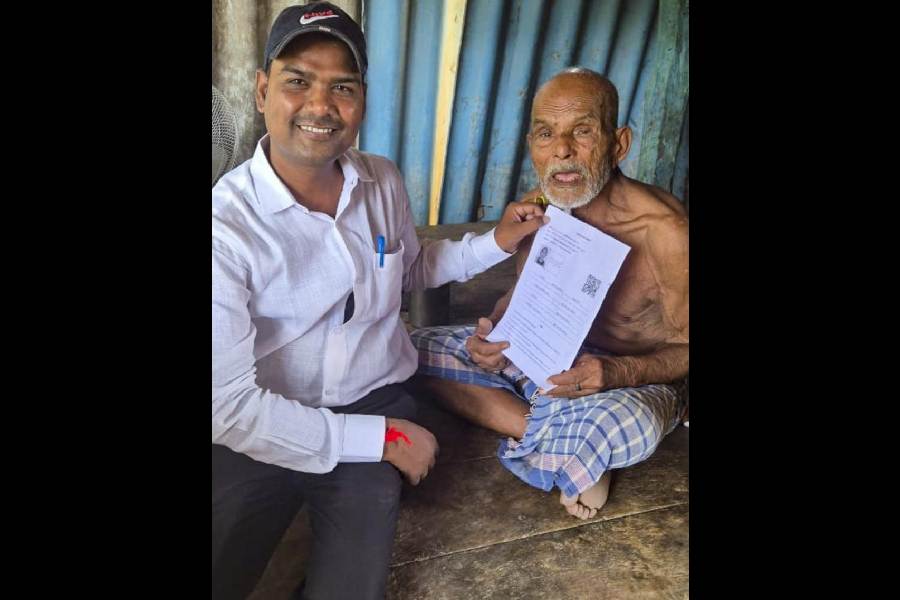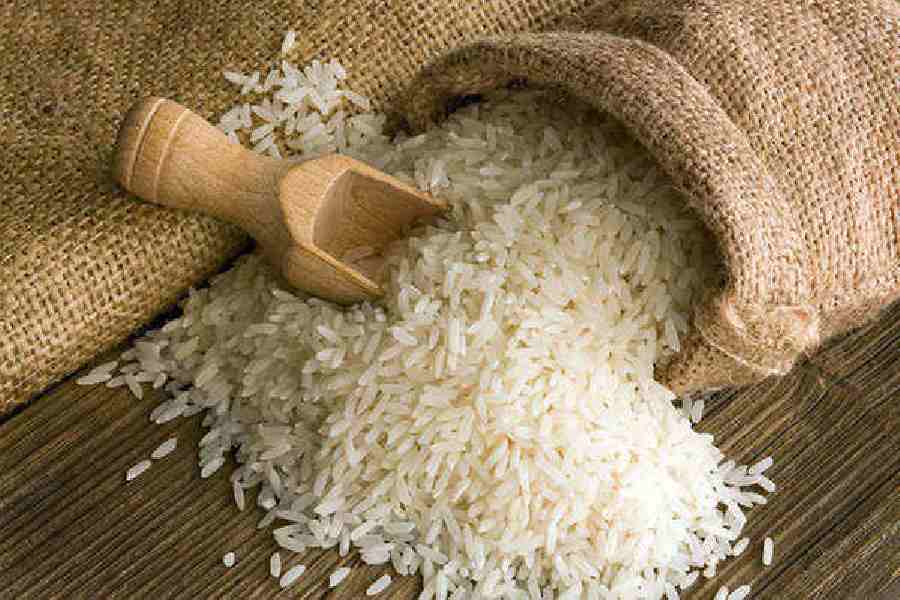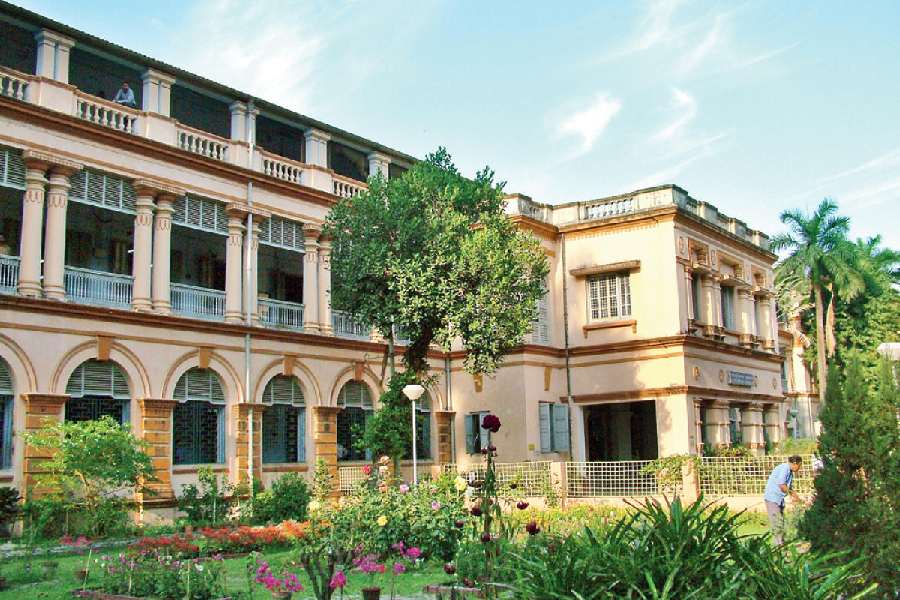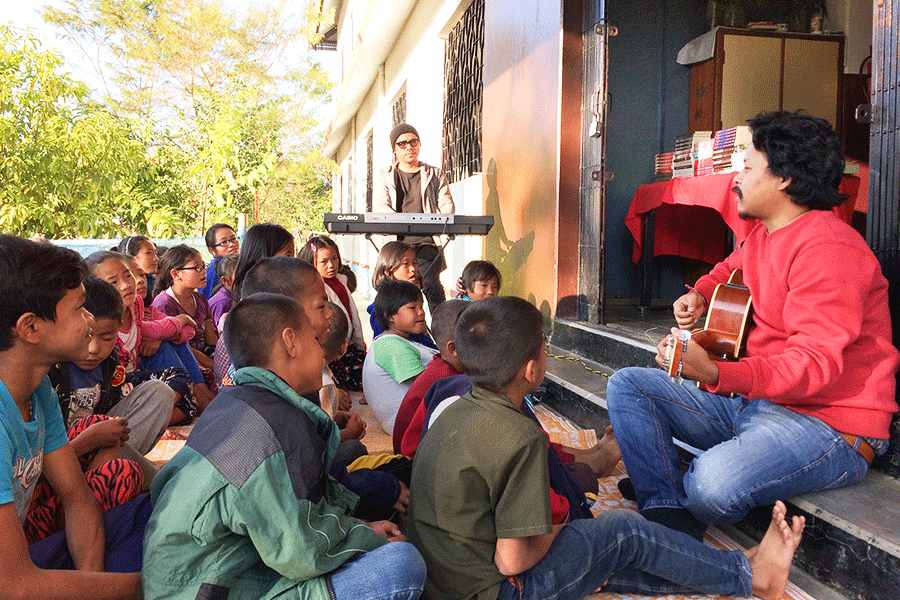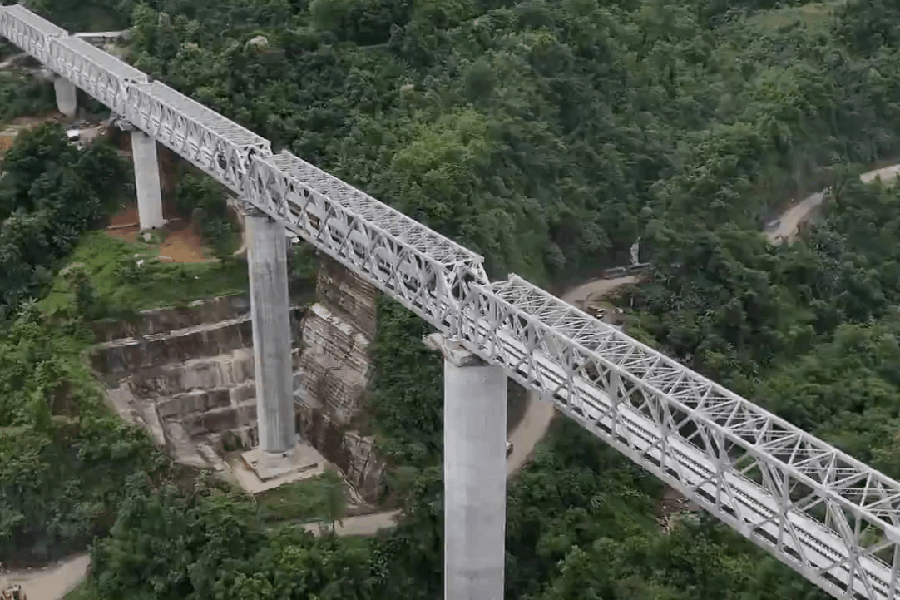
Guwahati, Aug. 1: Manas is in the news for all the right reasons these days.
After the female rhino Ganga created history in June by defying the laws of nature and giving birth to two calves within two years, Mainao has followed in her footsteps.
The average time between two rhino calves in the wild is between three and four years.
The development is significant since Mainao was the first rhino to be translocated to Manas National Park, kick-starting a programme to repopulate it with rhinos.
"This is an encouraging development in Manas and something which will inspire us to do the good work despite problems. It is certainly one of my best moments in Manas," said A. Swargiary, head of the forest department in the Bodoland Territorial Council, who also looks after the park.
Sources said the second calf was detected yesterday by field staff but it must have been born a few days back going by the marks on its body.
Mainao had given birth to her first calf on June 2, 2013.
The rhino population in Manas now stands at 32.
Mainao (meaning Lakshmi in Bodo) was rescued from the floods in Kaziranga National Park in 2002 when she was a few weeks old and hand-raised at the Centre for Wildlife Rehabilitation and Conservation (CWRC) near the park. She was separated from her mother during floods. "Mainao's second calf proves that the case of Ganga was not an exception," a forest official said, adding the inter-calving period in rhinos could be two years. "No detailed study has been conducted on the inter-calving period of rhinos in the wild," he added.
The World Heritage Committee, in its 39th meeting which concluded at Bonn last month, welcomed the progress made by the authorities to protect Manas and address conflicts in the area through establishment of a high-level security committee, engagement with local communities and increased patrolling.
The committee has asked the Centre to increase the number of frontline staff, take appropriate action to boost forest staff morale, ensure adequate equipment for staff to protect animals from armed poachers and insurgent groups in order to secure the park.





